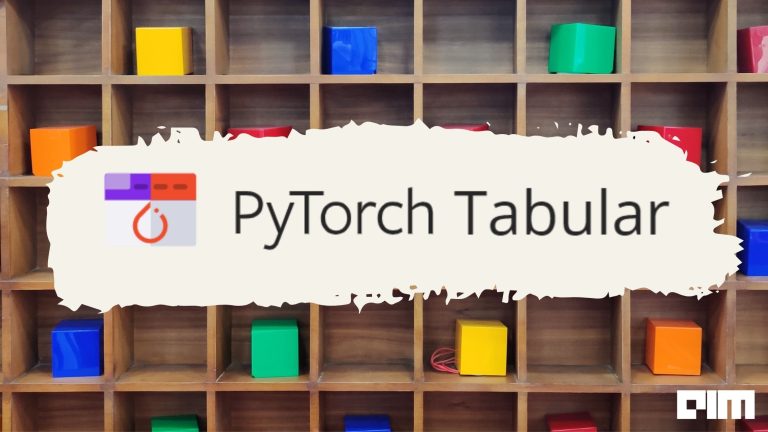Even if you are remotely connected to the tech world, you must have heard or read about Google’s TensorFlow. This immensely popular and loved platform celebrated its sixth birthday on Tuesday since its initial release in 2015. Though developed by the Google brain team at first for internal use, its initial version came out under the Apache License 2.0 six years back. Since then, it has become a hot pick among techies to build ML algorithms. Like any other platform, it has also witnessed competition from alternate platforms like PyTorch and Apache Spark, among others. But, it has retained its popularity and emerged as a leader in which the tech community puts its trust on.
On its 6th anniversary, let’s take a look at the journey Tensorflow has carved out over the years.
Open source in nature, TensorFlow comes with an ecosystem of tools, libraries and resources to help developers build and deploy machine learning backed applications. A useful feature of the platform is that it works with different programming languages like Python, C++, Javascript, Java, etc., with the option of running on multiple CPUs and GPUs and is available on macOS, Windows, Android, iOS, and 64-bit Linux.
TensorFlow 2.7.0 was released just a few days back and came with features like improved debugging experience, public convolution, data service auto-sharding, etc.
Where it all started
TensorFlow is considered the successor of the proprietary ML system, DistBelief, built a decade ago. It is faster, more flexible and comes with greater adaptability than its predecessor. Influential leaders like the present lead of Google AI, Jeff Dean, played a crucial part in building TensorFlow.
Advantages of using TensorFlow
TensorFlow has not become so popular just because Google built it. Certain factors contribute to its fame. They are:
- Easy to deploy
- Data visualisation with a graphical approach
- Strong support community
- High and powerful performance
- Scalability- takes projects from research to production
- Efficient library management
TensorFlow has been used by some of the biggest companies in the world, ranging from social media giants like Twitter to pharmaceutical biggies like GE Healthcare.
Major updates over the years
Google has released many updates and versions of the Tensorflow platform to keep up with the growing needs of developers. Some of the major developments that happened over the years are:
- TPU– Google started using the Tensor Processing Unit (TPU) in 2015, released the second generation two years later in 2017 and the third generation in 2018. Tensor Processing Unit (TPU) is an AI accelerator application-specific integrated circuit (ASIC) developed for neural machine learning using TensorFlow. In 2018, Google announced that TPUs would be available in beta on the Google Cloud Platform.
- TensorFlow Lite– This update came out in 2017 and is used to deploy ML models on mobile and IoT devices. It finds applications in image classification, object classification, etc.
- TensorFlow Extended (TFX)- It is an end-to-end platform for deploying production ML pipelines. When a model has reached the stage of moving from research to production, TFX can be of help. It creates and manages a production pipeline. This pipeline is made of components that implement an ML pipeline designed for high-performance machine learning tasks.
- TensorFlow.js– It is an ML library to develop models in JavaScript and use ML directly in the browser or in Node.js. Developers can build and train models directly in JavaScript using flexible APIs.
- Tensorflow 2.0- Facing stiff competition from the growing popularity of PyTorch, TensorFlow released the TensorFlow 2.0 version in September 2019 with major upgrades. The 2.0 version has simpler and more intuitive APIs with better documentation of resources. With this release, TensorFlow modularised the platform based on semantic versioning.
Competition with PyTorch
Coming into the picture a year after TensorFlow, Pytorch (developed by Meta’s AI Research lab) has emerged as one of the biggest competitors for TensorFlow. PyTorch is getting more and more developers interested as it is Python friendly and comes with an easy-to-use API.



















































































